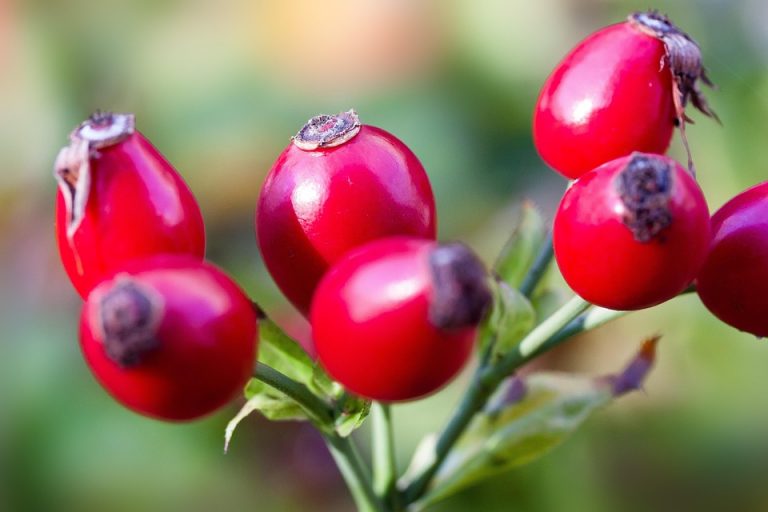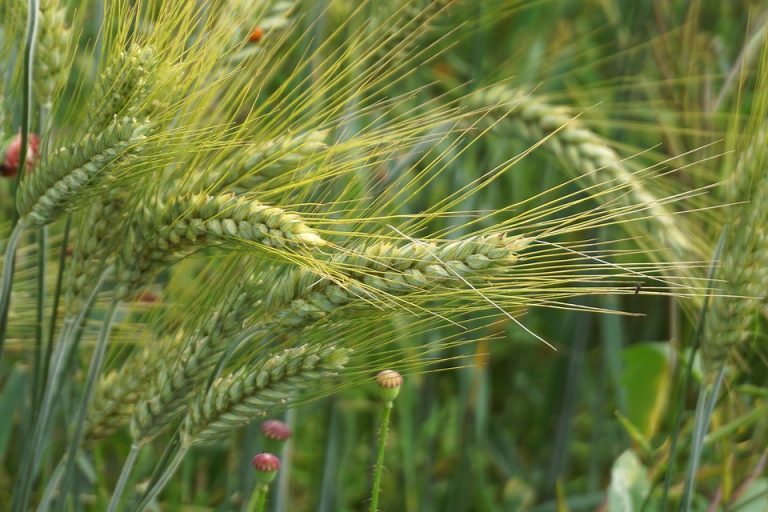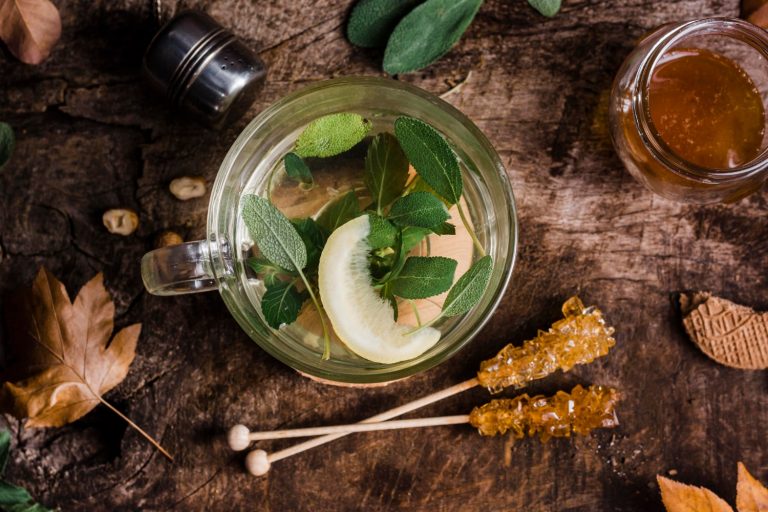Bladder spasms can be a frustrating and painful experience. If you’re dealing with them, you know how disruptive they can be to your daily life. Fortunately, there are natural ways to calm bladder spasms naturally, allowing you to regain control and find relief.
Understanding bladder spasms is essential. A bladder spasm is an involuntary contraction of your bladder muscles, leading to sudden urges to urinate, often accompanied by pain or discomfort. For many, these spasms can make even the simplest activities feel daunting. This isn’t just about inconvenience; it’s about reclaiming your freedom and comfort. Let’s explore some effective, natural methods to help soothe your spasms and bring peace back to your life.
Contents
- What Causes Bladder Spasms?
- 1. Stay Hydrated with the Right Fluids
- 2. Embrace a Bladder-Friendly Diet
- 3. Try Gentle Relaxation Techniques
- 4. Use Herbal Remedies
- 5. Manage Your Stress Levels
- 6. Incorporate Pelvic Floor Exercises
- 7. Explore Acupuncture and Acupressure
- Conclusion: Taking Back Control
- Bottom Line
What Causes Bladder Spasms?
Before we dive into solutions, let’s talk about triggers. Bladder spasms can arise from various factors, including:
- Infections: Urinary tract infections (UTIs) irritate the bladder.
- Overactive bladder syndrome: A condition that leads to frequent urges.
- Nerve damage: Conditions like diabetes or multiple sclerosis can affect bladder function.
- Medications: Some drugs may have side effects that irritate the bladder.
- Stress: Emotional strain can manifest physically, including in bladder function.
Recognizing these triggers can help you avoid them, but let’s focus on what you can do naturally to ease the discomfort!
1. Stay Hydrated with the Right Fluids
Hydration is crucial, but not all fluids are created equal. Drinking plenty of water helps dilute your urine and can reduce irritation. Aim for at least eight glasses a day, but consider what you’re drinking too.
What to Drink:
- Water: Always a smart choice.
- Herbal teas: Chamomile or peppermint can be soothing.
- Coconut water: Great for hydration and rich in electrolytes.
What to Avoid:
- Caffeine: It can irritate your bladder.
- Alcohol: A known bladder irritant.
- Spicy and acidic drinks: Such as citrus juices.
By choosing the right fluids, you can support your bladder, making hydration a key player in managing spasms.
2. Embrace a Bladder-Friendly Diet
Your diet significantly impacts your bladder health. Certain foods can exacerbate spasms, while others can help soothe them.
Foods to Include:
- Whole grains: Brown rice and oatmeal can help.
- Fruits and vegetables: Especially those high in fiber, like apples and leafy greens.
- Lean proteins: Fish, chicken, and legumes are excellent choices.
Foods to Avoid:
- Artificial sweeteners: Can irritate the bladder.
- Tomato products: Often trigger spasms for many.
- Caffeinated and carbonated beverages: Known culprits in bladder irritation.
Adjusting your diet can have a profound impact. Keep a food diary to identify any potential triggers!
3. Try Gentle Relaxation Techniques
Stress management is key to calming bladder spasms naturally. When you’re stressed, your body reacts in unpredictable ways, including muscle tension and spasms.
Techniques to Try:
- Deep breathing exercises: Take a few minutes to breathe deeply, focusing on your abdomen.
- Meditation: Even a few minutes a day can help ground you.
- Yoga: Poses like child’s pose or savasana can relieve tension.
Creating a regular relaxation practice can help you manage stress and, in turn, your bladder health.
4. Use Herbal Remedies
Herbal remedies have been used for centuries to support health and alleviate discomfort. When it comes to bladder spasms, a few herbs stand out.
Recommended Herbs:
- Cornsilk: Known for its soothing properties on the urinary tract.
- Uva ursi (bearberry): Traditionally used to support bladder health.
- Dandelion: Acts as a natural diuretic and may help with inflammation.
Before trying any herbal remedy, consult with a healthcare provider to ensure it’s safe for you.
5. Manage Your Stress Levels
As mentioned, stress can trigger bladder spasms. Finding effective ways to manage stress is critical for your overall well-being.
Stress-Relief Strategies:
- Physical activity: Regular exercise can reduce stress and improve overall health.
- Connect with loved ones: Social support is essential.
- Engage in hobbies: Spend time doing what you love, whether it’s painting, gardening, or reading.
Finding joy in your life can transform your emotional health, leading to better physical health.
6. Incorporate Pelvic Floor Exercises
Strengthening your pelvic floor can play a significant role in managing bladder spasms. These exercises help improve muscle control, potentially reducing the frequency and intensity of spasms.
How to Do Kegel Exercises:
- Identify the right muscles: Try to stop urination midstream to find them.
- Contract these muscles for a count of three.
- Relax for a count of three.
- Repeat 10-15 times, three times a day.
Consistency is key. Over time, you may notice a reduction in spasms and improved bladder control.
7. Explore Acupuncture and Acupressure
Acupuncture and acupressure are ancient practices that can help alleviate various ailments, including bladder spasms.
Benefits:
- Pain relief: Can help reduce discomfort associated with spasms.
- Stress reduction: Both methods promote relaxation, which can help reduce spasms.
Consider seeking a licensed practitioner who can tailor a treatment plan to your specific needs.
Conclusion: Taking Back Control
Calming bladder spasms naturally is not just about managing symptoms; it’s about taking control of your life. By implementing these strategies, you can find relief and restore balance.
Bottom Line
Understanding your body is the first step to feeling better. Remember, you are not alone in this journey. By embracing hydration, a mindful diet, relaxation techniques, and exercise, you can soothe those spasms and reclaim your life.
If you have persistent bladder issues, don’t hesitate to consult a healthcare professional who can guide you.
FAQs
Q: What are the common symptoms of bladder spasms?
A: Symptoms include sudden urges to urinate, pain during urination, and frequent urination.
Q: Can lifestyle changes help manage bladder spasms?
A: Absolutely! Diet, hydration, and stress management play vital roles in bladder health.
Q: When should I see a doctor?
A: If symptoms persist or worsen, it’s important to consult a healthcare provider.
Take charge of your health today! You deserve to feel comfortable and free.








